Trump Pushes U.S. LNG to Reshape Asia’s Energy Supply
When former U.S. President Donald Trump met with Japanese Prime Minister Shigeru Ishiba earlier this month, discussions swiftly turned to a long-standing proposal: exporting liquefied natural gas (LNG) from Alaska to America’s allies in Asia. Trump, alongside his energy advisor Doug Burgum, framed the plan as a way for Japan to reduce reliance on Middle Eastern energy while addressing its trade imbalance with the U.S., according to officials familiar with the talks.
Despite Tokyo’s reservations about the feasibility of the $44 billion Alaska LNG project, Ishiba—keen to maintain positive ties and avoid U.S. tariffs—expressed cautious support. While Trump repeatedly mentioned the project in public remarks after the meeting, Ishiba did not, and the official Japanese account of the talks omitted any reference to it.
Interviews with over a dozen U.S. and Asian officials suggest the Trump administration has been actively promoting American fossil fuels, particularly LNG, to forge stronger economic ties with East Asia. The U.S. sales strategy aims to capitalize on regional concerns about trade tariffs and energy security, underscoring how LNG imports from America could offer a strategic alternative to reliance on Russia and China.
Japan’s potential involvement is crucial: as the world’s second-largest LNG buyer and a significant investor in energy infrastructure, its participation could help expand U.S. LNG markets in Southeast Asia. Kenneth Weinstein, Japan chair at the Hudson Institute, described the strategy as “redrawing the map of energy dependence.”
A recent joint statement between U.S. Secretary of State Marco Rubio and Japan and South Korea’s foreign ministers highlighted the importance of enhancing energy security with “affordable and reliable” American LNG, though the Alaska project was not specifically mentioned. The White House emphasized the cleanliness of U.S. LNG and Japan’s potential role in expanding its use.
The Push for Alaskan LNG
The proposal to build an 800-mile pipeline from Alaska’s North Slope to an export terminal has struggled due to high costs and challenging terrain. However, anticipating that Trump would raise the issue, Japanese officials had prepared to express tentative support as a diplomatic gesture.
During the meeting, U.S. officials urged Japan to consider both infrastructure investments and long-term purchase agreements, emphasizing Alaska’s geographic advantage over Middle Eastern suppliers. The pitch highlighted how avoiding critical maritime chokepoints such as the Straits of Hormuz and Malacca could enhance Japan’s energy security.
U.S. Senator Dan Sullivan, who was briefed on the discussions, confirmed that the Alaska LNG project was a key topic. American representatives even used maps to illustrate the strategic benefits. Sullivan noted that Trump’s persistence likely left an impression on the Japanese delegation.
Efforts are underway to attract investment from Japanese energy firms like Inpex, whose largest stakeholder is the Japanese government. Inpex has not publicly commented on any involvement with the Alaska project.
Japan currently sources about 10% of its LNG from the U.S., with similar portions from Russia and the Middle East. Australia remains its largest supplier, providing roughly 40% of total imports. Analysts project that U.S. LNG could account for up to 20% of Japan’s supply within the next decade as contracts with other nations expire.
A Shift in Asia’s Energy Dynamics
Beyond Japan, Trump’s LNG push is gaining traction elsewhere in Asia. Indian Prime Minister Narendra Modi has reportedly committed to increasing gas imports from the U.S., while Taiwan is also exploring additional purchases, including potential deals with Alaska.
Energy security is a major factor in these agreements. For Taiwan, increasing U.S. energy imports could serve as a hedge against potential Chinese aggression. Former U.S. energy official Landon Derentz suggested that securing American LNG supplies could be viewed as an implicit security guarantee.
South Korea is also considering investments in Alaskan LNG and other U.S. energy projects, with hopes of gaining trade concessions from the Trump administration. A South Korean industry ministry spokesperson confirmed that discussions on strengthening energy ties with the U.S. are ongoing.
Former U.S. Ambassador to Japan Bill Hagerty noted that Japan could serve as a central hub for redistributing American LNG throughout Asia. “Whether it’s from Alaska, Louisiana, or Texas, the U.S. can collaborate closely with Japan to build energy security bonds that benefit both economies and reinforce national security,” he said.
As Trump continues to push American LNG as a key pillar of economic and geopolitical strategy, his efforts to link energy security with trade policy are reshaping how the U.S. engages with its Asian allies.


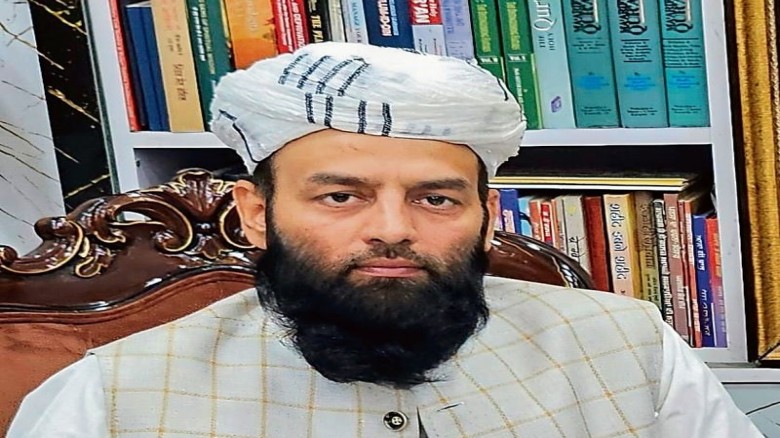



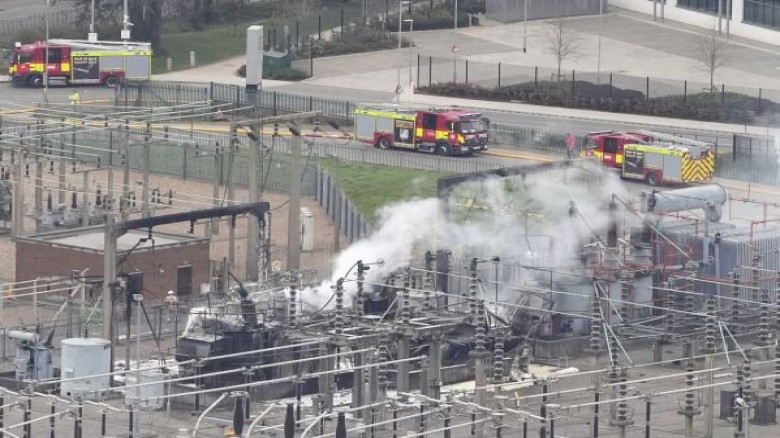

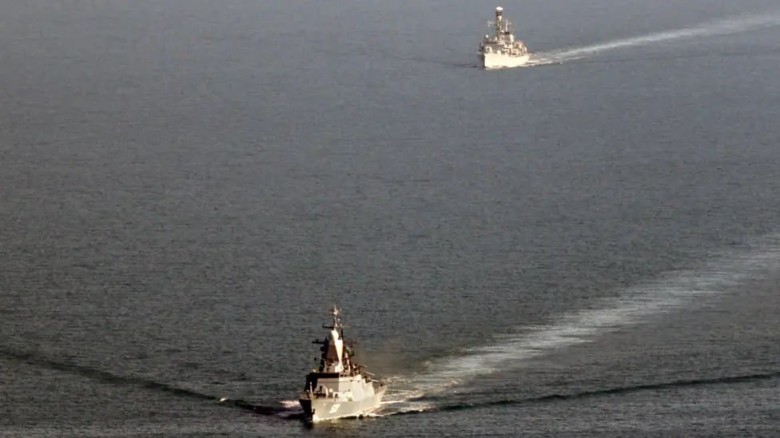




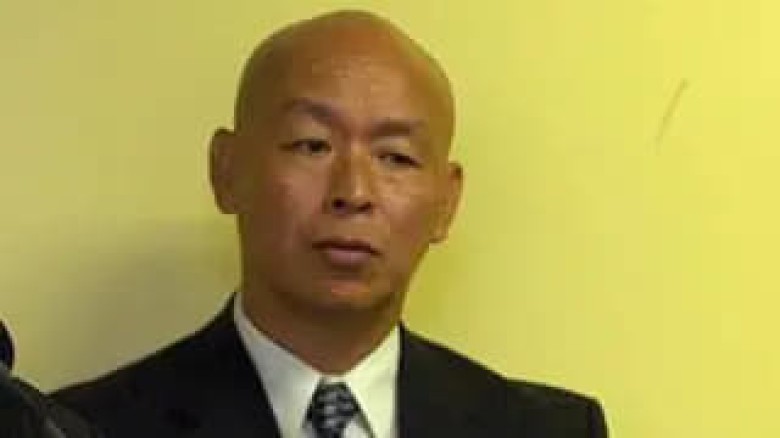


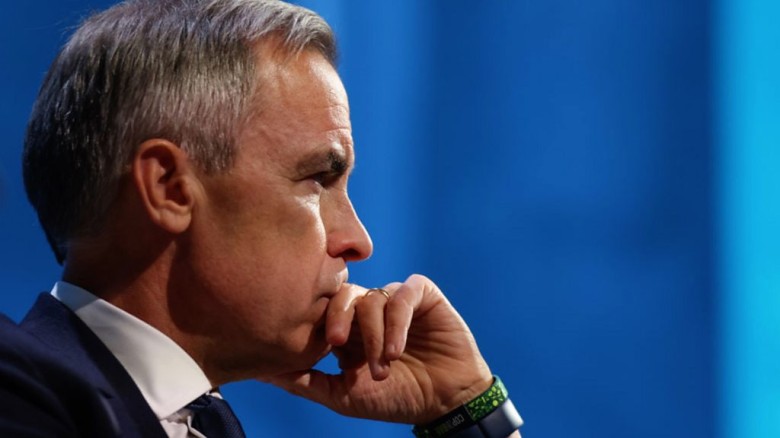






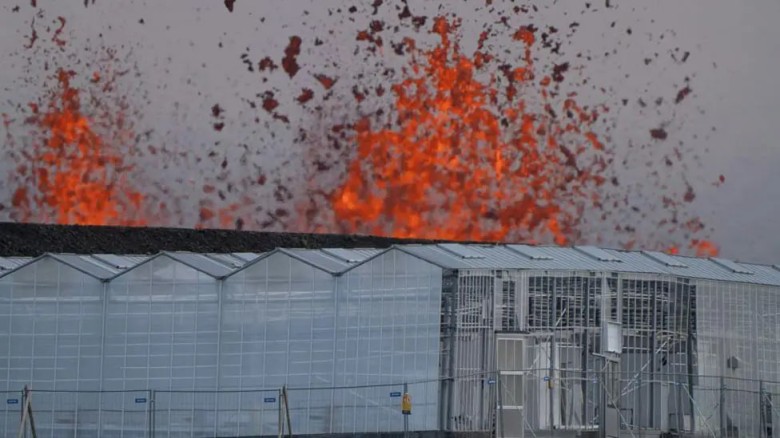
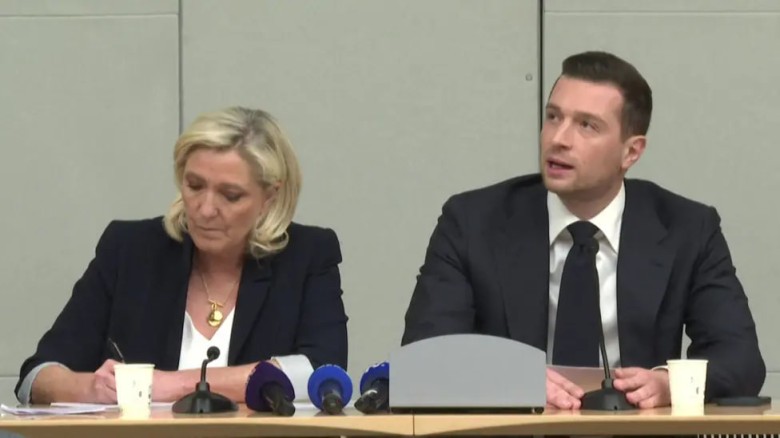

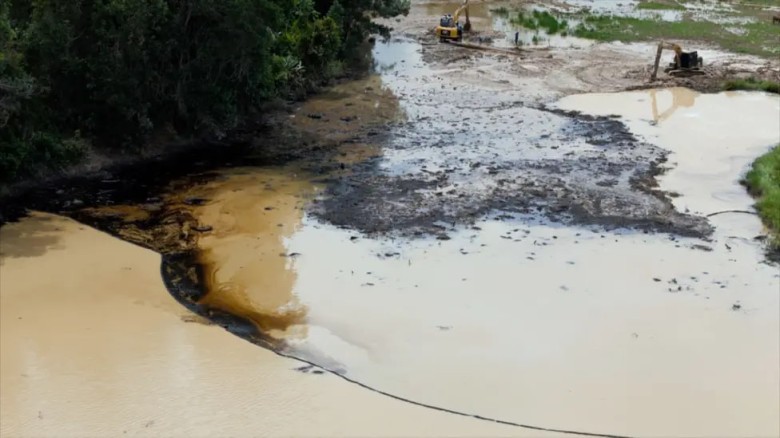







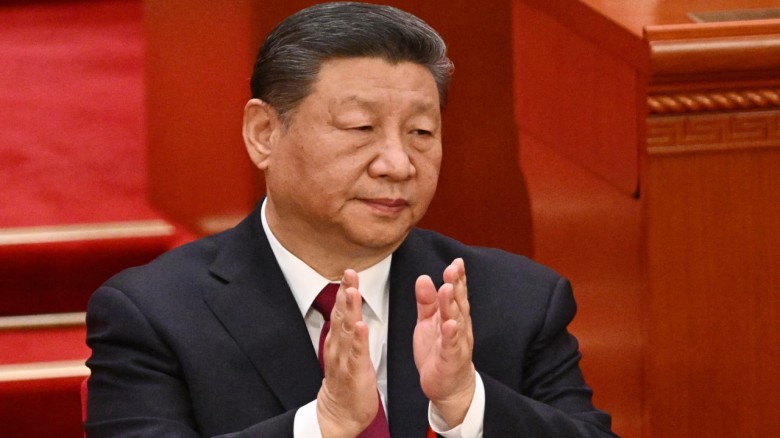
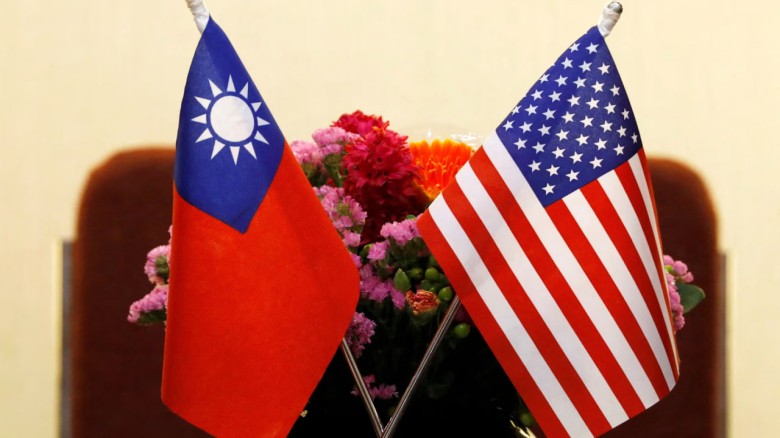
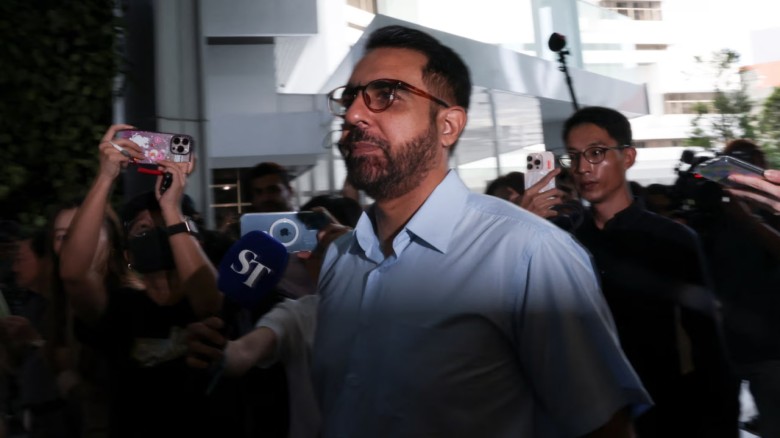





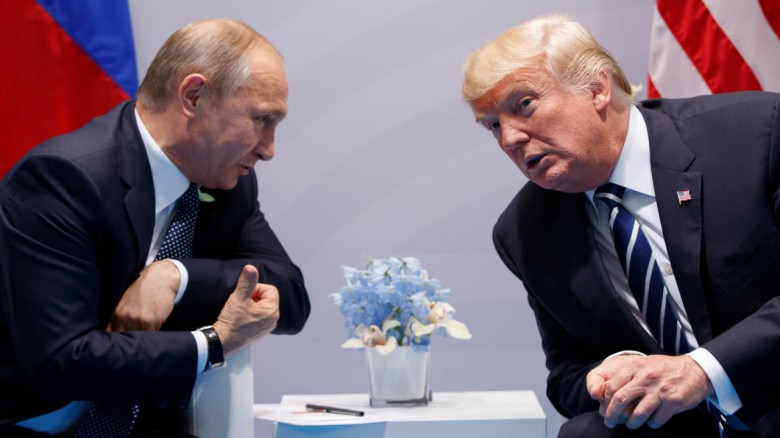




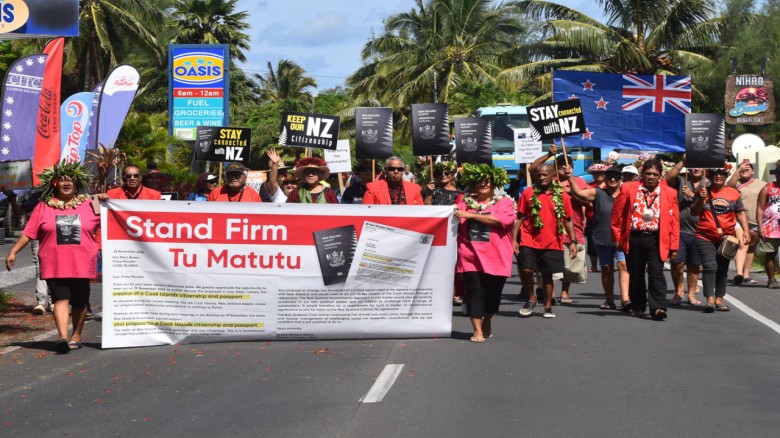




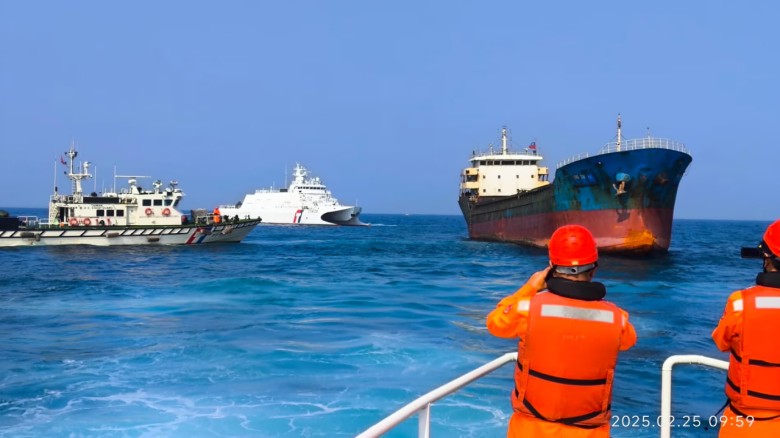
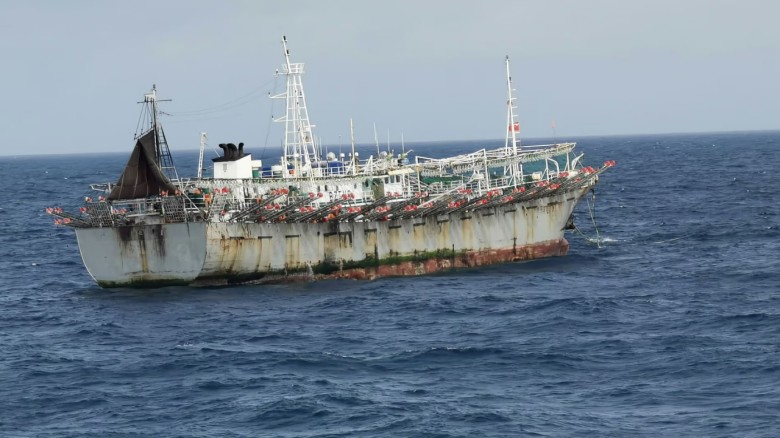













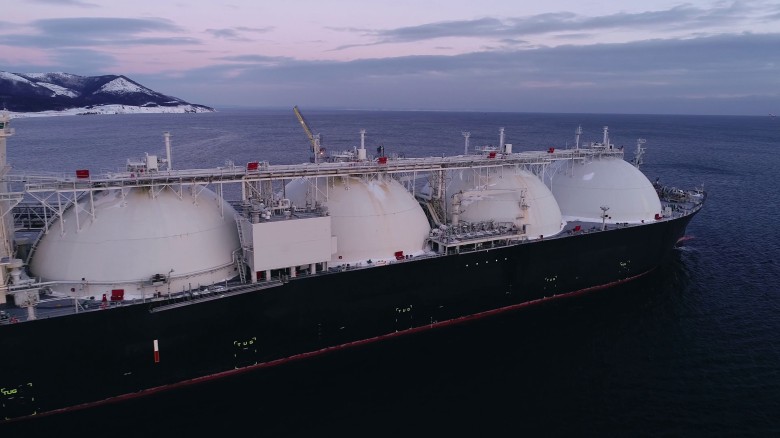


Leave A Comment